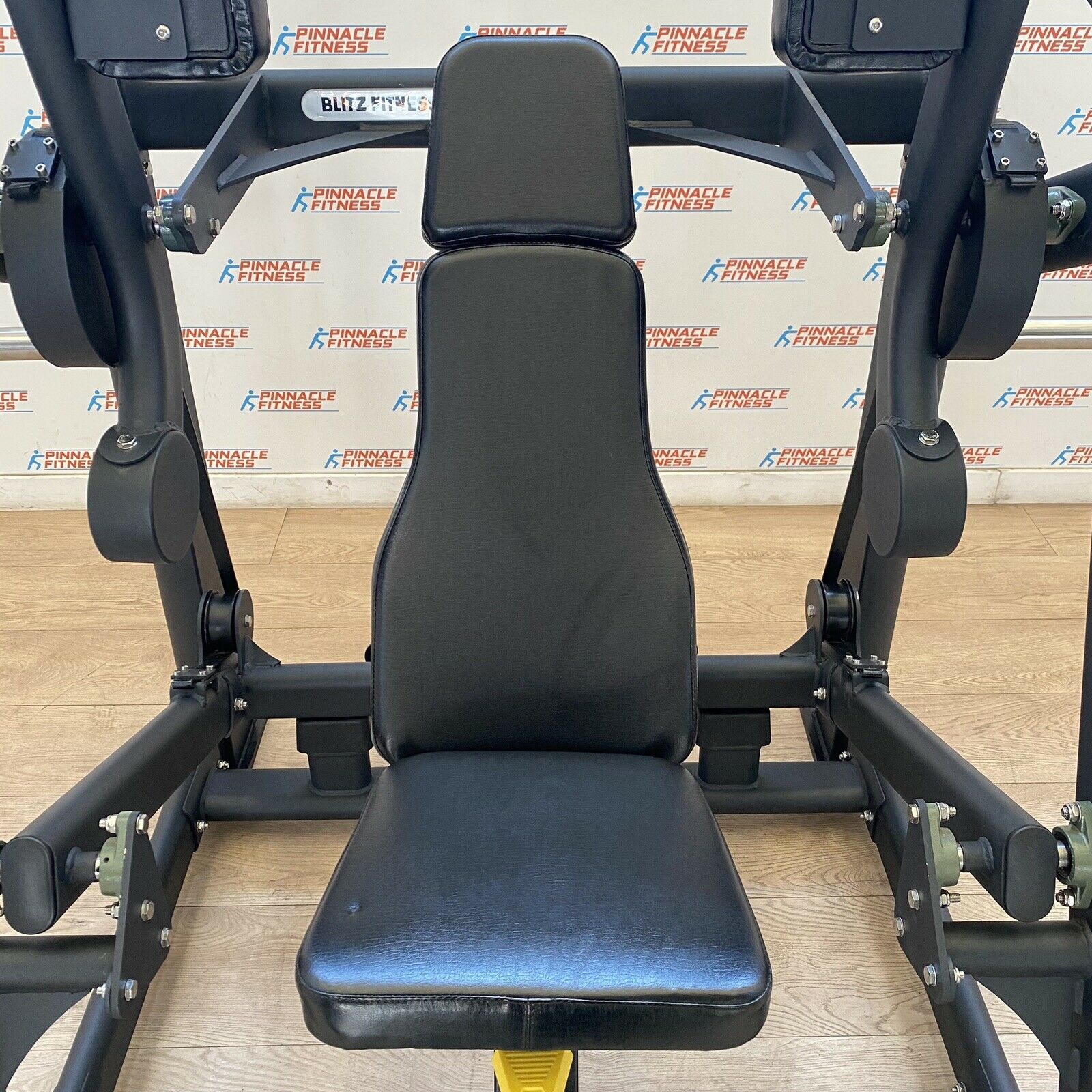

Bent Over Row (Barbell)īent over rows are one of the classic compound barbell back exercises that overload your body and add mass to your back and biceps ( 4). You can make the two movements more challenging by attaching a weight to yourself or more accessible by doing them on a special pull-up machine that can take away some of the resistance. The objective is to grab a horizontal bar, suspend yourself in the air, and pull yourself up, bringing your chin over the bar. The primary difference between the two is that you use an overhand grip (palms facing forward) during pull ups and an underhand grip (palms facing back) during chin ups.Īs such, pull ups are slightly more beneficial for the latissimus dorsi, whereas chin ups allow your biceps to contribute more ( 3). Pull ups and chin ups are two of the most popular and effective back compound exercises ( 2). Related article: Back and Bicep Workouts for Building StrengthĬheck out the Hevy App to create your routines, log your workouts and track your progress. Similar to compound movements, it would be best to prioritize these exercises based on difficulty if there is a difference. Once you’re done with the more challenging compound movements, you can do the easier isolation movements to get extra sets in and increase the training stimulus.

You can then proceed to barbell rows and lat pulldowns, where you can adjust the resistance based on your strength. That would allow you to train with better form and do more reps. Pull-ups are generally the hardest of the three, so it makes sense to do them first while you’re still fresh. For example, if you plan on doing pull-ups, bent-over barbell rows, and lat pulldowns as compound movements in your back workout, a good order would be: Muscle fatigue can lead to technique breakdown and increase the risk of injuries.īecause of these reasons, begin your workouts with compound exercises and prioritize them based on difficulty. Multi-joint exercises are also more challenging to perform with proper technique, so it is best to do them while you’re still fresh and recovered. These movements are generally more challenging, train more muscles simultaneously, and provide an excellent opportunity to overload your body, promoting muscle growth and strength gain.

When to do Compound or Isolation Exercisesĭeciding when to do compound and isolation exercises isn’t that difficult when you understand their roles and priority level.Ĭompound exercises should be the meat and potatoes of your training plan. In addition, it involves the ankles, knees, and hips. The exercise primarily works the quadriceps, similar to a leg extension, but also trains the calves, hamstrings, glutes, midsection, and upper body ( 1). In contrast, a compound exercise is a multi-joint activity where you train two or more muscles around multiple joints.Īn example of a compound movement is the barbell back squat. Isolation ExercisesĪn isolation exercise, also known as a single-joint movement, aims to train a single muscle group and involves one joint.įor example, the leg extension on a machine is an isolation exercise because it trains one muscle, the quadriceps, involving one joint: the knee.


 0 kommentar(er)
0 kommentar(er)
